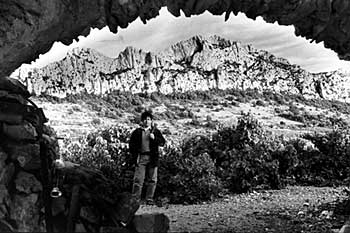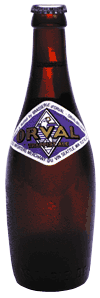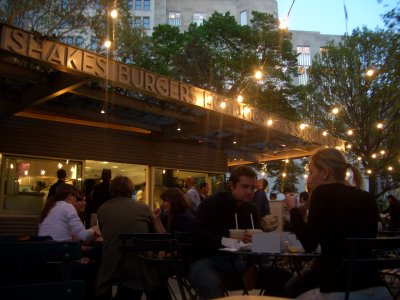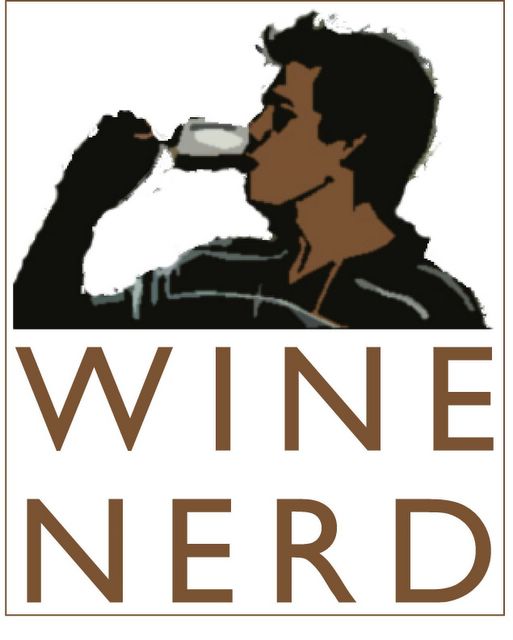For May, after a month sabbatical in South Africa during April, I have chosen two SA wines. These are two of the best wines out there, and justify why South Africa is on everyone's lips as the hottest wine producing country around. Okay, so I am from there but I am not biased (my favorite wine region is Spain), but seriously, the place is cooking right now when it comes to amazing wines.
My time there ended with the following interesting conclusions:
- there are white and red wines that compete with the best from any other country.
- there is however more widespread top-quality amongst the white wines than amongst reds.
- South Africa's red wines can age. I drank a 1984 and an 82 cabernet from Rustenberg. Outstanding!
- South Africa's white wines can age. I drank a 1990 Sauvignon Blanc from Mulderbosch. Outstanding!
- nowhere else can compete with South African Sauvignon Blanc in terms of diversity and overall quality.
- look out for superb viognier, chenin blanc, semillon and even grenache blanc. These varietals are well suited to certain areas of the Cape.
This month's selections:
Raats Family Cabernet Franc 2003Varietal: 100% Cabernet Franc
Region: Stellenbosch, South Africa
Price: $27.99 - $29.99
Importer: Cape Classics
Bruwer Raats exemplifies everything good about South African winemakers. Aside from being extremely courteous and generous, he is very affable, outgoing and is always the last person to leave the party. His passion for what he does comes across strongly in the exuberant manner he describes his wine, and makes you really want to enjoy them. Fortunately, there is no need to try too hard, since his wines are all outstanding. Bruwer made the switch earlier this year to concentrate full-time this venture after making wine for another winery for the past three years. Focusing on the Loire varietals of Chenin Blanc and Cabernet Franc, Bruwer produces three wines: over a thousand cases of a crisp, unoaked Chenin Blanc called “Original”, a couple hundred cases of a rich, complex barrel-fermented Chenin Blanc and 300 cases of this Cabernet Franc.
Cabernet Franc is one of the five major red varietals in Bordeaux, and is also more common as a blending component. It adds palate flavor and fruit aromas to blends, while being relatively low in acid and tannins. Those privileged enough to taste Chateau Cheval Blanc have enjoyed probably the most highly regarded and expensive Cabernet Franc available, a wine that shows the true ageing potential of the varietal. The 1947 vintage apparently tastes great right now!
This wine shows incredible depth. It opens with rich, lush fruits, has a touch of toasty oak and chocolate on the mid-palate and finishes with big, chewy tannins that are perfectly ripe. There is a density of flavor at the core of this wine that shows the care and trouble the winemaker has gone to. Great wine is about elimination. Whereas volume-driven labels pick all the fruit from their vineyards, small wineries like Raats Family eliminate the lesser quality fruits. Bruwer and his team go through the vineyards two to three times before harvest, simply to pick off the lesser quality grapes. Then they’ll sort through the harvested grapes on large sorting tables, removing individual berries that show rot or appear unripe. Only the best make it to the tanks for fermentation. In the end, the wine in bottle is exactly what is should be – the best possible.
Often, the big, full-bodied reds that are so popular today make awful food-pairing wines. They lack the acidity and balance to properly enjoy with many dishes. This wine gets the perfect balance between ripe fruits and acidity. It is a superb wine to pair with grilled steaks, Peking Duck, lamb shank, chicken mole, lasagna or to enjoy with a good pulled pork sandwich – mmmmm.
The Foundry Viognier 2005Varietal: 100% Viognier
Region: Stellenbosch, South Africa
Price: $19.99- $21.99
Importer: Cape Classics
This wine is nothing short of stupendous! It has the perfect Viognier qualities of a floral nose, rich apricot - citrus fruit palate and a serious dose of minerality. Viognier is usually a good food-pairing wine, and this wine excels by being both superb with various dishes, as well as most enjoyable on its own. Perhaps a touch riper than some of its cousins from France and California, this only enhances the drinkability.
Viognier originates in the South West and Rhone regions of France. At one point, the grape was so out of favor, less than a hundred hectares of vines were planted in the world. Today, it has become a highly favored “alternative” varietal bottled on its own and in white blends (most frequently with Grenache Blanc, Roussanne and Marsanne – three other varietals from the same region). It is also popular as a varietal for red blends. Tiny percentages are added to Syrah, most commonly in the Rhone region, since it adds such strong aromatics.
The Foundry is a joint venture between Chris Williams, a winemaker at another prominent South African estate (Meerlust), and James Reid, an Englishman living in South Africa and working for Kumala (a mass production wine brand). In essence, they both have day jobs and this is their side project. They’ve clearly taken the Rhone region as inspiration, with their other wine being a Syrah. Like most other side-project wines, they source the finest grapes available and make the wine at an accommodating winery. Cellar space was limited their first year, and thus they ended up using an old blacksmith’s workshop – hence their label name. As a pair, the Syrah and Viognier are two of South Africa’s top wines. I enjoyed lunch with both Chris and James on two occasions, and the two are very down to earth considering the caliber of wine they produce. The US only sees about 300 cases of the wine in total (which is more than half the production), so it is a rare find, but well worth looking for.
Due to the strong aromatics, bracing minerality and full flavor, this is a white wine that can match up to many dishes. Drink it with some roast duck canapés, grilled tuna, smoked salmon, various shellfish, and roast herb-stuffed chicken or simply as an aperitif with some Mediterranean hors d’oeuvres.
Quinta do Carmo Douro 2001Varietals: 60% Tempranillo, 20% Cabernet Sauvignon and Syrah, and the balance Alicante, Periquita and Trincadeira
Region: Douro, Portugal
Price: $27.99 - $29.99
Importer: Pasternak Wines
Known mostly for the production of fine Ports, the Douro region of Portugal also hosts several top wine producers. The region is a rough-looking area of steep hills and valleys where it is difficult and expensive to manage vineyards. A combination of slate, alluvial soils and unique climate ensure the preservation of older vines. These vines produce high quality wines of dark, deep color and intensity.
Quinta do Carmo is probably the most successful (in terms of quality) foreign venture for the Domaines Baron de Rothschild group. Other estates include First Growth Chateau Lafité Rothschild, Duhart-Milon, Los Vascos and Caro amongst others. Some of their other foreign ventures have yet to produce serious quality wine. However, the group took over the Carmo estate in 1992, and though production is quite high (around 15,000 cases), the resulting wine is highly impressive, and unlike most other big-company ventures.
Dark and rich, with blackberries, fig and coffee notes, the wine has a big mouthfeel and an oveall soft, ripeness that is most enjoyable. Tempranillo dominates the blend, while Cabernet and Syrah give it some extra weight and structure and the inclusion of other indigenous Portuguese varietals ensures a true reflection of origin, with a touch of New World influence (that softer palate style).
Goes great with assorted dried meats and bread, antipasto-style, or serve with lamb casserole, beef roast, Chinese double-cooked ribs, steak Teriyaki or any grilled meat marinated with a bit of sugar and spice!





